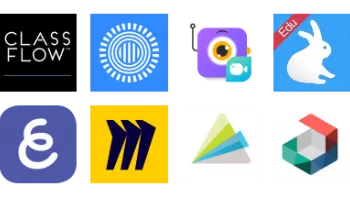Take a look inside 5 images
TikTok
Pros: TikTok's popularity means it'll likely get kids excited to participate, and its creation tools give students a lot of agency.
Cons: It's difficult -- if not impossible -- for educators to control what students see or the settings on individual accounts, so use is risky.
Bottom Line: With clear parameters and permission from caregivers, this wildly popular platform could put some pizazz in projects.
How Can I Teach with This Tool?
TikTok is a hugely popular social media platform that features scrollable short videos. Though it's primarily known for comedy and dance challenges, the topics of the videos vary widely, and the videos are often highly -- and creatively -- edited. Educators often create mini-lessons that students can watch multiple times. And, if students have accounts, they can provide evidence of learning asynchronously. Using the Duet feature, students can also build on a teacher's post. Because of its popularity, TikTok is a vehicle to meet students where they already are and deliver content in a format they're familiar with.
Before you decide to use TikTok for instruction, it's important to familiarize yourself with settings and potential pitfalls. There are ways to turn off comments, only share posts with students, and more, so check out Common Sense Media's Parents' Ultimate Guide and our review to gather information, and consider your school's social media policies.














